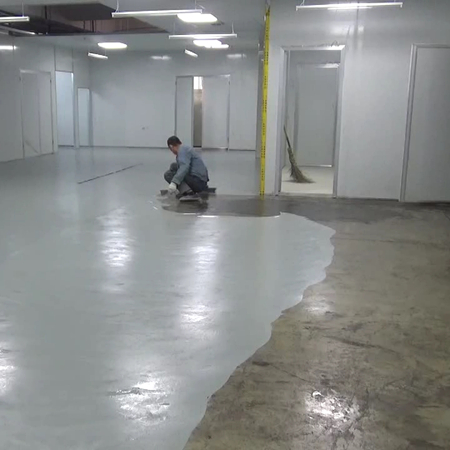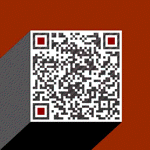How is quartz sand used in epoxy floors
Quartz as an anti-slip aggregate. The purpose is to attain a rough texture on the floor that will give the floor anti-slip properties. This is achieved by broadcasting sand on the wet coat. The larger the quartz granule the higher the anti-slip coefficient will be. Anti-slip floors are common in pedestrian walkways, manufacturing facilities (exposed to oils and chemicals), car parks, ramps etc. In the picture below we used quartz sand of 0,8-1,2 mm for an olives packaging factory that was exposed to high amounts of oils and brine during operation.
Quartz as a filler for self-leveling systems. Quartz sand is commonly added as the ‘third component’ in self levelling flooring systems. Here the purpose of quartz is two fold: By adding quartz the floor screed increases its hardness. Furthermore quartz is used to bulk out the epoxy and to decrease the consumption of epoxy per square meter without forgoing any mechanical properties. In such systems the quartz does not remain visible after application It is mixed together with the epoxy material and the floor should attain a smooth finish.
Quartz as a filler for grouting and coving. Large amounts of quartz in the epoxy mix can make the product thick like a grout. It can be used for grouting holes, cracks even constructing rounded coves around the edges of the floor (like in the picture below). Not all epoxy resins are suitable for such a job however. (for example high solvent epoxy systems should not be mixed with quartz) Always ask the manufacturer first.
Quartz as decorative component of the floor. In this instance the quartz becomes a key visible component of the decorative aspect of the floor. Coated quartz granules are commonly used for such purposes. They are trowel applied systems and very popular in retail spaces and areas frequented by pedestrians.
Quartz as a bonding agent. Quartz is a great material to enable inter-coat adhesion and to minimize the risk of delamination. A common procedure is to sprinkle quartz sand on a wet primer (or base coat). This will then help the next layers bond. This method is very useful if several days will pass between the coating of the next layer. You will get better bonding and smoothing of each coat. This method is recommended for thicker floor coats (like self-smoothing epoxies).

 Chinese
Chinese English
English





